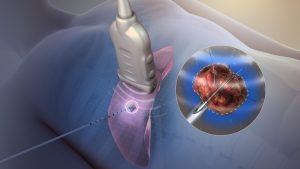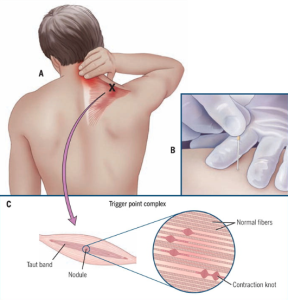
Pain, a universal yet subjective experience, can range from minor aches to debilitating conditions. Understanding and effectively managing pain is crucial for maintaining a high quality of life. This article offers comprehensive insights into pain management strategies.
What is Pain?
Pain is an intricate and multifaceted experience that goes beyond a mere physical sensation. It serves as a critical alert system within the body, signaling the presence of potential or actual harm. This complex phenomenon can vary greatly in intensity, duration, and quality and is profoundly influenced by a myriad of factors, including emotional, psychological, and cultural elements.
Chronic pain, distinct from acute pain, persists well beyond the normal course of healing, often lasting for months or even years. Unlike acute pain, which typically has a clear cause and a predictable trajectory of healing, chronic pain can be more elusive and challenging to manage. It often requires a comprehensive approach that goes beyond medication, integrating physical therapy, psychological support, lifestyle changes, and sometimes alternative therapies. Chronic pain affects the body and has significant impacts on emotional well-being and quality of life, making its management a critical, yet often complex, endeavor.
Tips to Manage Chronic Pain
Effectively managing chronic pain involves a holistic approach that includes lifestyle adjustments, medical treatments, and psychological strategies.
Diet
Nutrition plays a pivotal role in pain management. Adopting a diet that includes an abundance of fruits, vegetables, leafy products, and whole grains is instrumental in diminishing inflammation. Particularly, foods that are rich in antioxidants and omega-3 fatty acids, like salmon and various nuts, offer notable benefits in this regard.
Exercise
Regular physical activity is essential. Exercise can help alleviate pain through several mechanisms: it strengthens muscles, improves joint function, increases flexibility, and promotes overall physical health. Engaging in physical activities initiates the release of endorphins, which are the body’s natural substances that uplift mood and act as analgesics. Tailoring exercise programs to individual capabilities and pain levels, often with the guidance of healthcare professionals, ensures that exercise benefits rather than exacerbates pain conditions.
Sleep
Adequate sleep is a cornerstone of pain management. Poor sleep can exacerbate pain, creating a vicious cycle. Sleeping regularly and creating a restful environment are key.
Meditation
Mindfulness and meditation can significantly reduce the perception of pain by improving emotional control and decreasing stress. Practices like progressive muscle relaxation and mindful breathing can be particularly helpful.
Acupuncture
Acupuncture might become effective for various types of pain, including chronic headaches and back pain. It works by stimulating nerves, muscles, and connective tissue, which boosts the body’s natural painkillers.
Medications
Pain medications, from over-the-counter options like ibuprofen to prescription opioids, are commonly used. It’s important to use these responsibly and under a doctor’s supervision due to risks like addiction and side effects.
CBD
Cannabidiol, commonly known as CBD, is increasingly recognized to ease pain. It is derived from the cannabis plant and is notable for not causing the “high” typically associated with THC. CBD interacts with the body’s endocannabinoid system, which influences pain, mood, and immune responses. Research and personal accounts indicate that CBD could play a role in decreasing inflammation, easing chronic pain, and enhancing sleep, often disrupted in chronic pain conditions.
Physical Therapy
Physical therapists design specific exercises and techniques to address pain. These can include strengthening exercises, stretching, and manual therapy techniques.
Heat and Cold Therapy
Heat therapy helps relax and loosen tissues and stimulate blood flow. Applying cold compresses is effective in diminishing inflammation and alleviating pain. The choice depends on the type of pain.
Massage Therapy
Massage therapy is made to alleviate pain by reducing muscle tension and stress. It’s especially effective for soft tissue injuries and chronic muscle tension.
Should I See a Doctor for My Pain?
Consulting a doctor is crucial for persistent or severe pain. They can diagnose underlying causes and recommend appropriate treatment, including referrals to specialists.
Conclusion
In conclusion, managing pain effectively requires a comprehensive approach, blending lifestyle adjustments, medical interventions, and psychological techniques. It’s also important to explore various treatment options, such as CBD products for relief, like gummies or capsules, which have become increasingly popular for their potential to ease pain symptoms.




